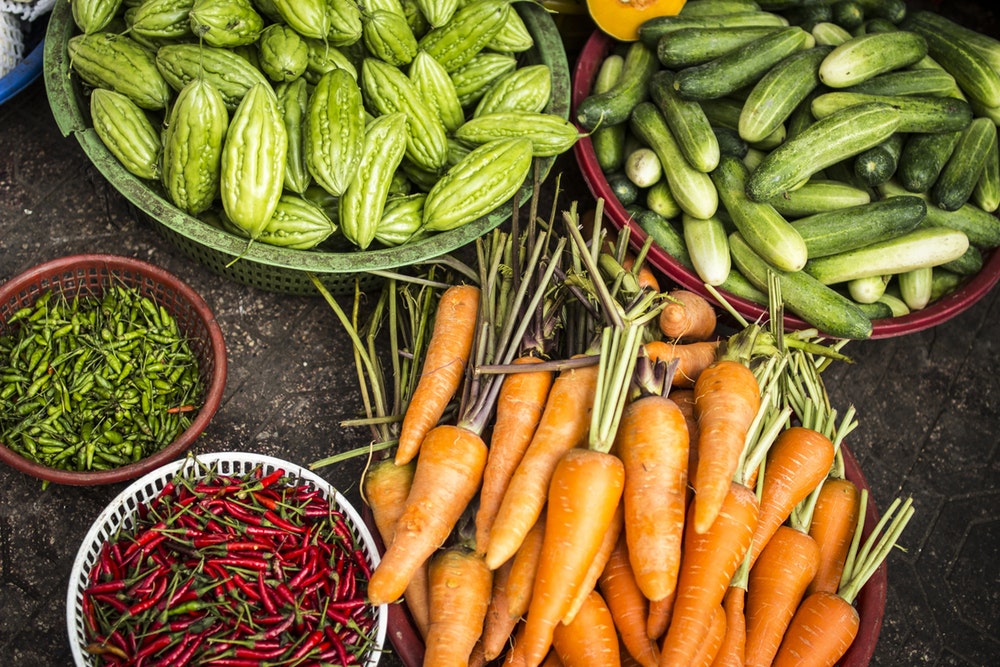By Janette Fletcher
A diet rich in protein is essential for maintaining a healthy and active lifestyle, but is the way in which we fuel our bodies changing? The trend towards ‘plant-based’ foods is on the rise. The movement in clean-eating and demand for protein rich foods has thrown plant proteins into the spotlight.
Dairy and meat have long been the proteins of choice – they are readily available, nutritionally sound and taste good, but it seems that many consumers are turning their back on tradition and switching to plant power to fuel their healthy lifestyles. Proteins, like pea and hemp – usually associated with an Indian or Vegan diet – lean towards a vegetarian approach, are now finding their way into the mainstream food industry.
Plant proteins make a great alternative to animal proteins but a combination of the two is key to ensure optimum amino acid profiles. In addition to quality, quantity is important, the amount of protein, fat and carbohydrate should be well balanced, particularly for those living an active lifestyle.

How protein benefits the body?
Consuming protein, helps the body build and maintain muscle mass. When a diet is lacking in protein, muscle wasting may occur as the body breaks down lean tissue in order to support energy needs. Consumption of extra protein, pre and post exercise, can aid muscle recovery.
It has been shown, that high protein foods can help slow down the absorption of sugar during a meal. Stabilising blood sugar levels, helps balance energy levels throughout the day and long term is important in the prevention of type 2 diabetes. This helps to reduce the risk of heart disease, which is often associated with diseases such as obesity and diabetes. In addition, the heart is further protected as high protein diets are thought to help reduce blood pressure and LDL or ‘bad’ cholesterol.
Eating foods high in protein is thought to be effective in weight management as protein has a high satiety value, keeping you feeling full for longer. If you wish to monitor your weight, Body Mass Index (BMI) can be a good tool to assess overall health, but muscle mass may need to be considered separately.
Protein is not just great for the body, it’s great for the mind too! A healthy brain needs a good supply of amino acids in order to focus, concentrate and keep energy levels maintained. Good cognitive function is not the only impact; certain amino acids help to improve mood as they are involved in the development of the feel good hormones called dopamine and serotonin.
Plant vs. Animal Protein
Proteins from different sources vary greatly when it comes to the levels and types of amino acids they contain. Animal derived proteins have a good balance, whereas plant proteins may lack certain amino acids, particularly those deemed essential, such as isoleucine.
So why are we turning to plants for protein, if the nutritional quality is deemed less superior? Animal welfare, potential hormone and antibiotic carry-over, and health risks associated particularly with red meats are among some of the reasons, but the likelihood is that consumers believe plant proteins are simply good for health. A diet high in plant protein is linked to lower risk of heart disease, diabetes and obesity.
Should you opt for protein powders?
The US market for sports nutrition – energy bars and sports drinks – is set to reach $20 billion by 2020, and protein powders alone make up a whopping $4.7 billion of this market. Protein powders are predominantly used in the smoothie and shake category. A little protein boost to the morning or a hit before the gym workout to help fuel and repair muscles, is commonplace but it seems the playing field is changing as we start to experiment more with protein powders in our daily diet.
Vegetable proteins offer a diverse range of textures and flavors, which perfectly compliment savory dishes, in particular they work well with Indian, Thai and Middle Eastern cuisines. Spirulina, for example, has a nutty, sweet taste with a back note of seaweed, making it perfect accompaniment to a fish/seafood Massaman curry and as it is one of the highest protein containing ingredients on the market, you only need a add a sprinkle to make a great impact on your daily protein requirements.
Hemp protein and split green peas are the plant proteins of choice when it comes to savory dishes. Their nutty, sweet flavors, rich protein levels and creamy fat content make them perfect for flavor packed dishes. Hemp can be used to bulk out the texture and enhance the flavor of pastry filled snacks, such as vegetable samosa and split green peas make the most delicious base for a vegetable dahl. Why not go one step further and try switching rice for quinoa, high in protein and starch, it makes the perfect partner to a delicious dahl.
If you want to stick to drinks, then Chai is a popular choice for all the coffee drinkers out there and a firm favorite on the Starbucks menu. Chai is a great gelling agent, which makes it a great ingredient for adding texture and aiding mixing properties when added to foods. It is high in fiber, protein and omega 3 content, making it a great alternative the morning smoothie.
Eating good quality protein from a wide variety of sources is good advice for those wishing to maintain a healthy, balanced diet. It is of particular importance that daily protein intake is considered carefully, particularly for individuals who have an active lifestyle, as more protein may be required to meet energy demands. Much like life, diet works best when we have good balance and variety, so why not join the movement and sprinkle a little “plant power” into your day.

(Janette Fletcher is a freelance writer.)












